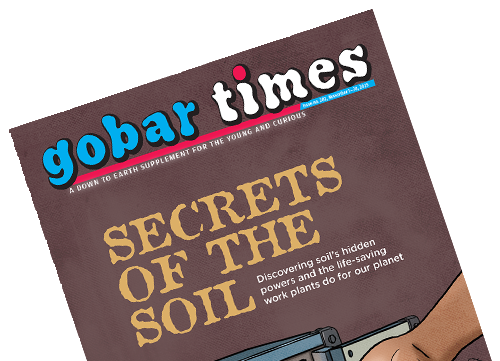
Mitti ki Kahani, Mitti ki Zubaani—learn how soil speaks, saves, and supports life on Earth!
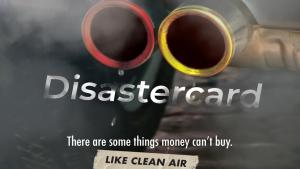
We know money can’t buy happiness. But it can buy something else — just look at Delhi this winter! The city’s 'Disastercard' is swiping us straight into smog. Industrial and vehicular emissions, low temperatures, stagnant winds, stubble burning, and festive firecrackers are turning the air toxic. And the hidden charges? Far beyond coughing or wheezing, Delhi’s air is harming almost every organ — raising heart disease, worsening asthma, affecting mental health, complicating pregnancies, and stunting lung growth in children. So, beware of this Disastercard, dear Young Environmentalists. Its cost is …

Against hidden indoor toxins are mighty air-cleaning plants—explore how nature helps us breathe better and why every home needs these green helpers.

Curious Sucharita discovers how the overuse of antibiotics in fish farming can build superbug resistance — and what judicious use can do to stop it.
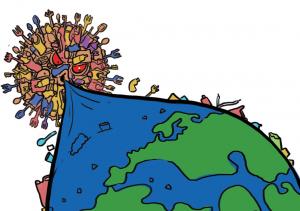
Meet the future of packaging—bioplastics, seaweed, mushrooms, and more! Nature’s own materials are here to replace plastic’s toxic inconvenience.

Capture food, farm & seed stories on mobile videos—win prizes, certificates & get published on the Young Environmentalist website! Broadcast your Cub Reporter story today!
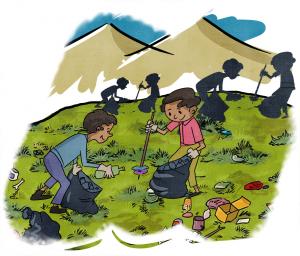
In Bajinga, Uttarakhand, children under youth leader Deepak Maithani are tackling plastic waste and inspiring families, showing how child-led action can transform communities sustainably.
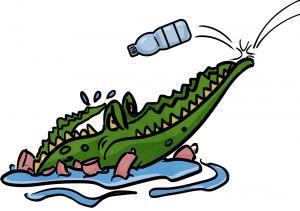
Gratitude, teamwork, and river rescue—told through a crocodile, a parrot, and children who care for nature.

Most people would agree that playing God is unethical but bioengineering DNA could also be used to resurrect extinct species and improve science

The plastic family is slowly but surely taking over our planet. Will the global community rise above its differences to meet the challenge?

